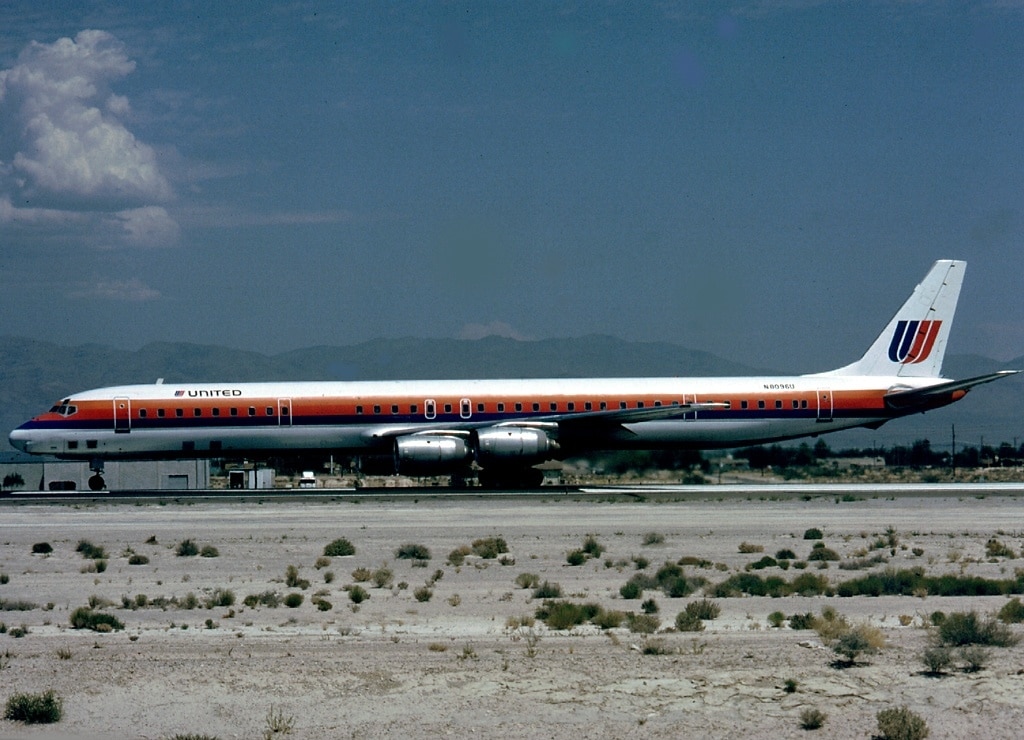DC-8 Model is a functioning flying machine that looks goregeous
At Avgeekery, we’re suckers for a good airplane model. We love it even better when we see a model that actually flies. Add in real jet engines and our minds are blown.
If you’ve ever built a model (either as a kid or later in life), you’ll have a healthy appreciate for how difficult it is to make an accurate representation of a real jet. Glueing the parts and painting the plane in the exact paint scheme is incredibly difficult. Most of the models we’ve built come with smudges in the paint and landing gear that has to be repaired before even putting in on a shelf. Now let’s take a look at this DC-8 under this lens.
Not only does the model look beautiful but it is actually a large-scale model flying machine. That means that every control surface is functional. There are real model-scale jet engines too. The wing is crafted in such a way to be aerodynamically effective. The landing gear stows similar to the real Diesel 8 and the thing stores enough fuel for the demonstration flight. Plus it has all the required electronics and wiring to permit RC flight. It truly is a work of art mixed with engineering precision.
The video is filmed by Dom Mitchell for the ‘Essential RC‘ YouTube channel. Be sure to check it out and give a like to the film. If you are interested in learning more about RC modeling, you can join their Facebook group here.
About the real DC-8

The real DC-8 family was Douglas Aircraft response to Boeing’s famous 707. As the first large jet by Douglas, it permitted coast-to-coast and international flight at speeds much higher than the more common propellor driven airliners of the day. The DC-8 first flew with United in 1960. A total of 556 airframes were produced.
While the DC-8 sold less total aircraft than Boeing’s 707, the airplane was particularly robust. The aircraft was built like a tank, very sturdy with expansion in mind. The early ‘short’ DC-8s like the DC-8-21 were good aircraft. The first DC-8s used gas-guzzling turbojet engines. Later versions of the jet incorporated turbofan engines. One advantage of the DC-8 aircraft versus the 707 was that the DC-8 sat higher on the ground than the 707. This allowed it to both accept engine modifications and permit some significant growth of the fuselage, eventually resulting in the stretch DC-8-72 powered by CMF-56 engines–the similar to Boeing 737-300 jets. Because of the DC-8’s robust design, the DC-8 operations far outlasted the venerable Boeing 707.
United eventually retired the DC-8 ‘stretch’ in 1991. Many ex-United DC-8s lumbered on in the freight industry for another 20+ years, finally retiring from cargo carriers like ATI and UPS between 2008 and 2015.
Below is video of a United ‘stretch’ DC-8-71 on pushback from San Jose International Airport back in 1983. It was shared on Youtube by Ryan Bomar.
